Peanut Butter Balls: The Real Traditional Recipe
Peanut butter balls, a delightful and indulgent treat, are a cherished favorite across various cultures. Not only are they simple to prepare, but they also provide a delightful blend of flavors and textures that make them a great addition to any gathering. This article delves into the traditional recipe for peanut butter balls, exploring their history, ingredients, preparation, and possible variations, ensuring a holistic understanding of this timeless classic.
Why is Peanut Butter Used in Peanut Butter Balls?
Peanut butter serves as the cornerstone of the peanut butter balls recipe, imbuing the dish with its rich, nutty flavor and creamy texture.
The Benefits and Culinary History of Peanut Butter
Peanut butter has an intriguing history that dates back to the Aztecs and Incas, who ground peanuts into a paste long before it became a widespread culinary staple. Nutritionally, it is a powerhouse of protein, healthy fats, and essential vitamins. In moderation, it provides a sustainable source of energy, making it an ideal ingredient for snacks like peanut butter balls.
Possible Alternatives to Replace Peanut Butter
Although traditional recipes call for peanut butter, there are alternatives for those with allergies or dietary restrictions. Almond butter, cashew butter, sunflower seed butter, and even tahini can be utilized in place of peanut butter, offering a similar texture and enhancing the flavor profile of the dish.
Ingredients in Peanut Butter Balls
To create classic peanut butter balls, it is essential to gather the right ingredients that contribute to their unique flavor and texture.
Basic Products
- Peanut Butter – 1 cup (or chosen alternative)
- Honey or Maple Syrup – ½ cup for sweetness
- Oats – 1 cup, preferably rolled oats for texture
- Vanilla Extract – 1 teaspoon for flavor enhancement
- Chocolate Chips or Cocoa Powder (optional) – for added flavor
Essential Seasonings or Add-ins
While the core ingredients are vital, certain seasonings and add-ins elevate the recipe:
- Salt – A pinch to accentuate flavors
- Chopped Nuts – Such as pecans or walnuts for added crunch
- Coconut Flakes – For added texture and sweetness
- Dried Fruit – Like raisins or cranberries for a fruity touch
Preparation of Peanut Butter Balls
Preparing peanut butter balls is straightforward and can be accomplished in a few simple steps.
Step 1 – Preparing the Ingredients
Begin by gathering all the required ingredients. Ensure the peanut butter is at room temperature to facilitate mixing. If using powdered ingredients like cocoa powder, measure them out in advance.
Step 2 – Pre-Cooking or Special Preparation
There is generally no cooking required for this recipe. However, if you decide to lightly toast oats or nuts, do so in a dry skillet over medium heat until golden to enhance their flavor.
Step 3 – Mixing and Assembling
In a large mixing bowl, combine the peanut butter, honey or maple syrup, oats, and vanilla extract. Use a spatula or wooden spoon to mix the ingredients thoroughly until a consistent dough forms. If using additional ingredients like chocolate chips or nuts, fold them gently into the mixture.
Step 4 – Cooking and Finishing
Once the mixture is adequately combined, take small portions and roll them into balls, approximately one inch in diameter. Place the formed balls on a baking sheet lined with parchment paper. Chill in the refrigerator for at least 30 minutes to allow them to firm up. For those who prefer a chocolate coating, melt some chocolate over a double boiler and dip the chilled balls before refrigerating again until set.
Variations and Adaptations of Peanut Butter Balls
The traditional peanut butter balls recipe can undergo various modifications to suit regional flavors, dietary preferences, and modern twists.
Regional or Traditional Version
In different cultures, peanut butter balls may incorporate local ingredients, such as spices or fruits, to align with regional tastes. For instance, a version might include spices like cinnamon or nutmeg for warmth, often found in autumn-inspired recipes.
Modern or Revisited Version
Contemporary adaptations may introduce superfoods, such as chia seeds or protein powder, to enhance nutritional value. Furthermore, vegan versions can be created by substituting honey with agave nectar and ensuring all added ingredients are plant-based.
Adaptations to Suit Your Tastes
Peanut butter balls can easily cater to various dietary needs. For a vegetarian-friendly option, ensure that non-dairy chocolate is used if included. Alternatively, reduce the calorie content by using low-calorie sweeteners or replacing some of the peanut butter with mashed banana for a fruity twist.
Frequently Asked Questions about Peanut Butter Balls (FAQ)
Q1: How long can peanut butter balls be stored?
A: When stored in an airtight container in the refrigerator, peanut butter balls remain fresh for up to two weeks. They can also be frozen for longer shelf life.
Q2: Can I make peanut butter balls without oats?
A: Yes, while oats provide texture, you can replace them with crushed graham crackers or coconut flour for a different texture.
Q3: Are peanut butter balls healthy?
A: Peanut butter balls contain healthy fats and proteins, but they should be consumed in moderation, especially if using sweeteners.
Q4: Can I add protein powder to my peanut butter balls?
A: Absolutely! Adding protein powder is a popular way to enhance the protein content, making them a great post-workout snack.
In conclusion, peanut butter balls are versatile, easy to make, and adaptable to various tastes and dietary preferences. Whether enjoyed as a traditional treat or revamped with modern ingredients, they remain a beloved snack that transcends generations. Embrace this classic recipe and make it your own!

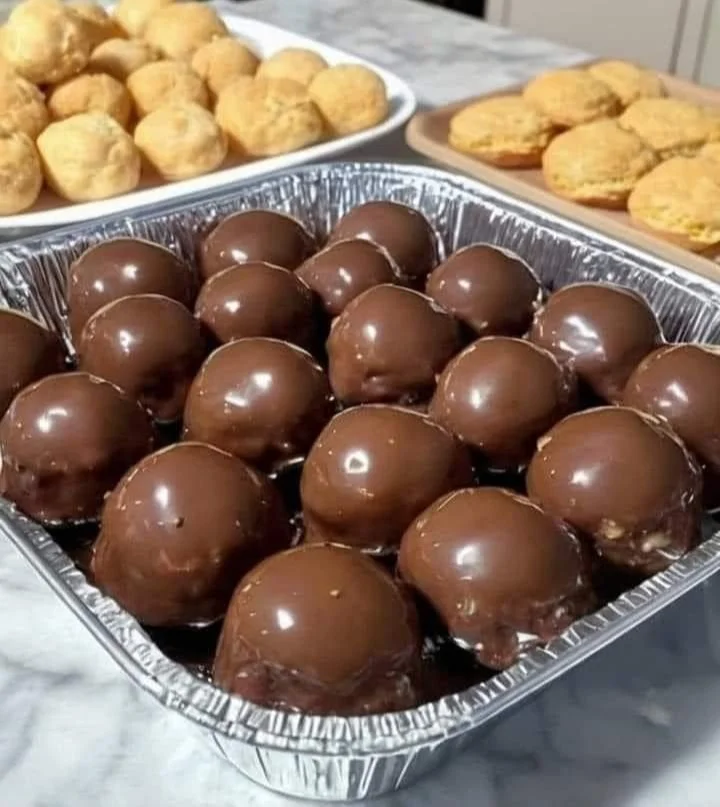
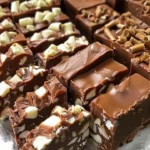
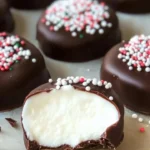
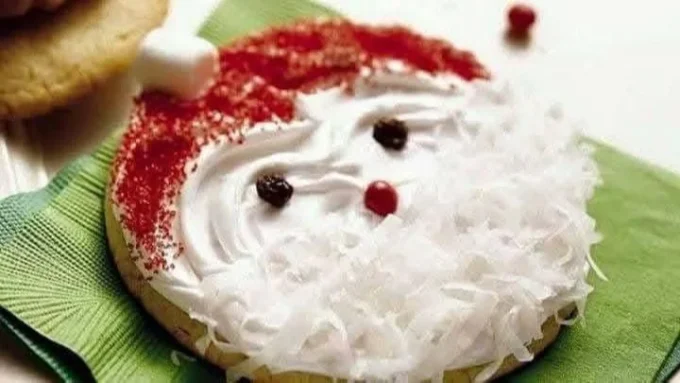
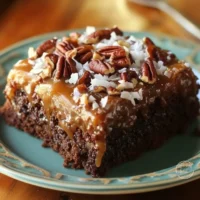
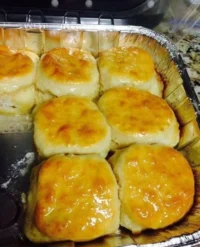
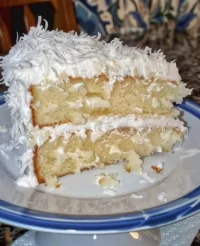
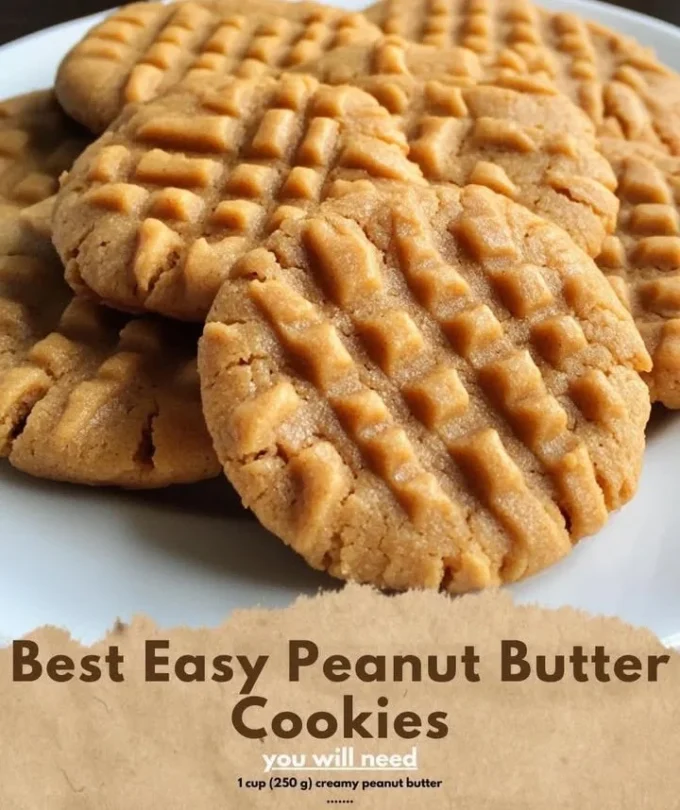
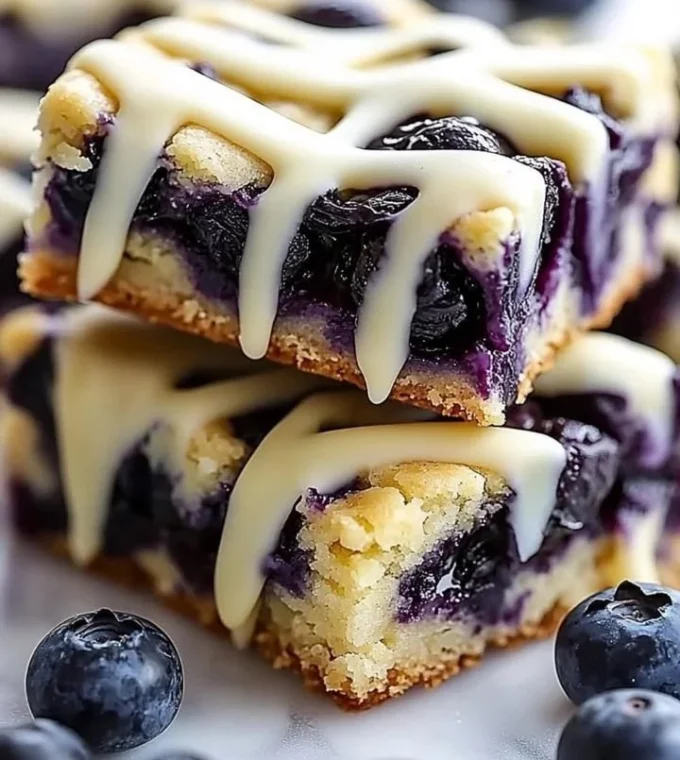
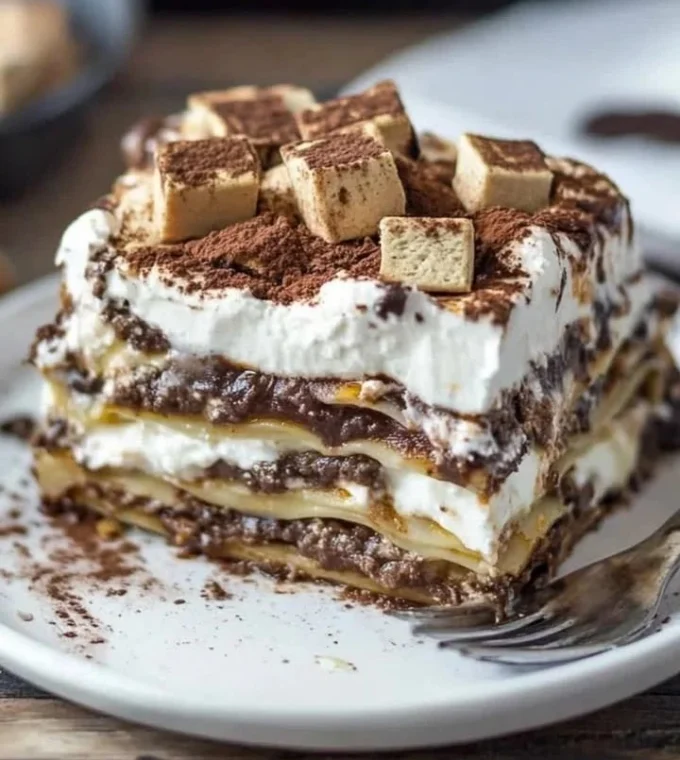
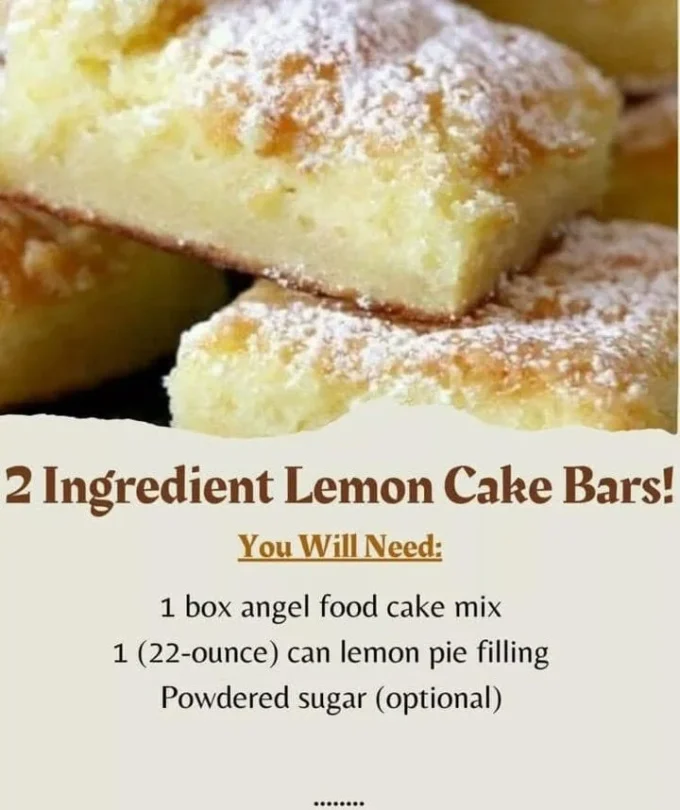
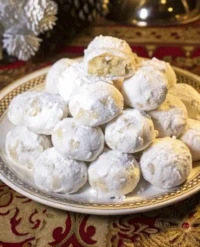
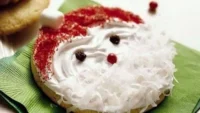
Leave a comment